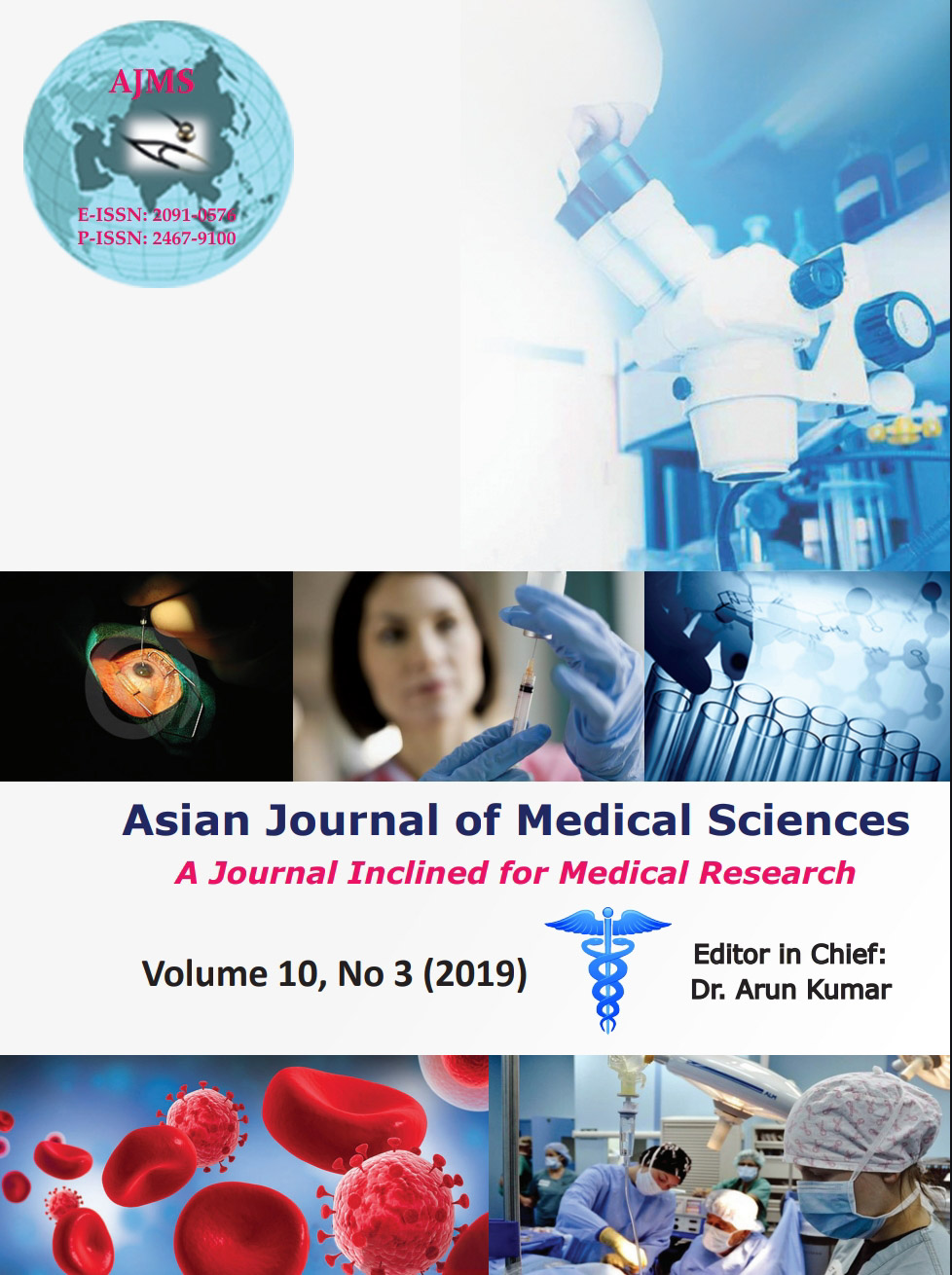Two-year prospective study on various anti-epileptic drugs in drug-resistant epilepsy patients and parameters affecting seizure-freedom in Eastern Indian subcontinent
Keywords:
drug-resistant epilepsy, anti-epileptic drug, India, seizure-freedom, complianceAbstract
Background: Epilepsy is a disease of suffering. Drug-resistant epilepsy (DRE) takes a heavy toll on patients, family and society in the form of prolonged treatment, expenditure, unemployment and disability. Successful treatment depends on appropriate antiepileptic drug (AED) use in appropriate dosage, which varies in different parts of the world.
Aims and Objectives: To find out AED efficacy in Indian subcontinent and factors affecting seizure freedom.
Materials and Methods: We explored many characteristics of DRE patients, compared in between seizure-free and seizure-persisting patients to find out the variables more affecting seizure-freedom. We measured minimum effective dose and maximum tolerable dose of different AED in child and adult subgroups in patients of the Indian subcontinent.
Results: Lamotrigine was most efficacious in various seizure-types and phenytoin was the least one as first add-on AED. Clobazam was efficacious and good-compliance second add-on AED. AED compliance was significantly reduced as the number of AED was increased above two. AED monotherapy was most effective and the effectiveness decreased as subsequent AED was added as per need.
Conclusion: Our study enlightened about various aspects of drug-resistant epilepsy patients in Indian sub-continent and their treatment.
Downloads
Downloads
Published
How to Cite
Issue
Section
License
Authors who publish with this journal agree to the following terms:
- The journal holds copyright and publishes the work under a Creative Commons CC-BY-NC license that permits use, distribution and reprduction in any medium, provided the original work is properly cited and is not used for commercial purposes. The journal should be recognised as the original publisher of this work.
- Authors are able to enter into separate, additional contractual arrangements for the non-exclusive distribution of the journal's published version of the work (e.g., post it to an institutional repository or publish it in a book), with an acknowledgement of its initial publication in this journal.
- Authors are permitted and encouraged to post their work online (e.g., in institutional repositories or on their website) prior to and during the submission process, as it can lead to productive exchanges, as well as earlier and greater citation of published work (See The Effect of Open Access).




